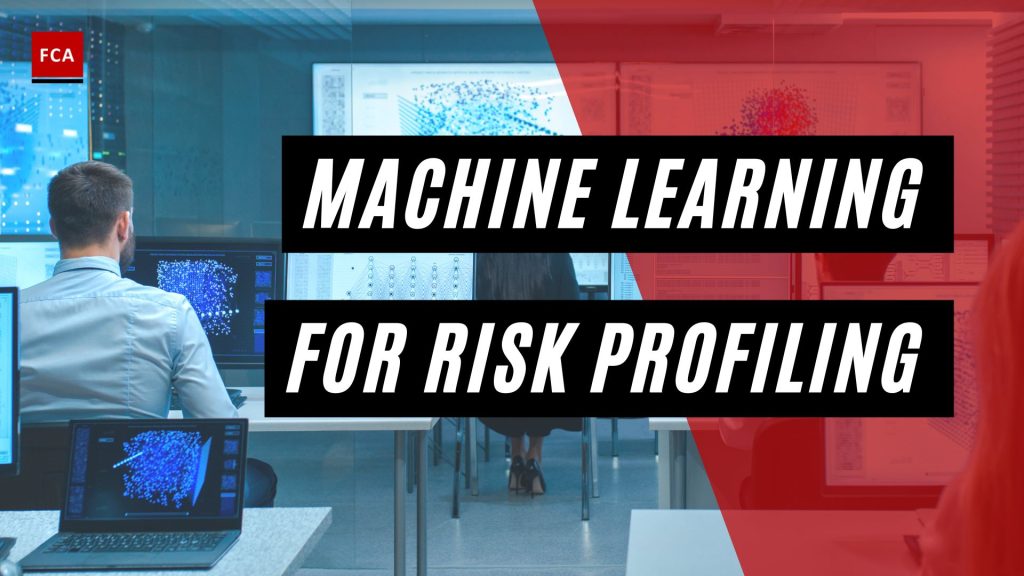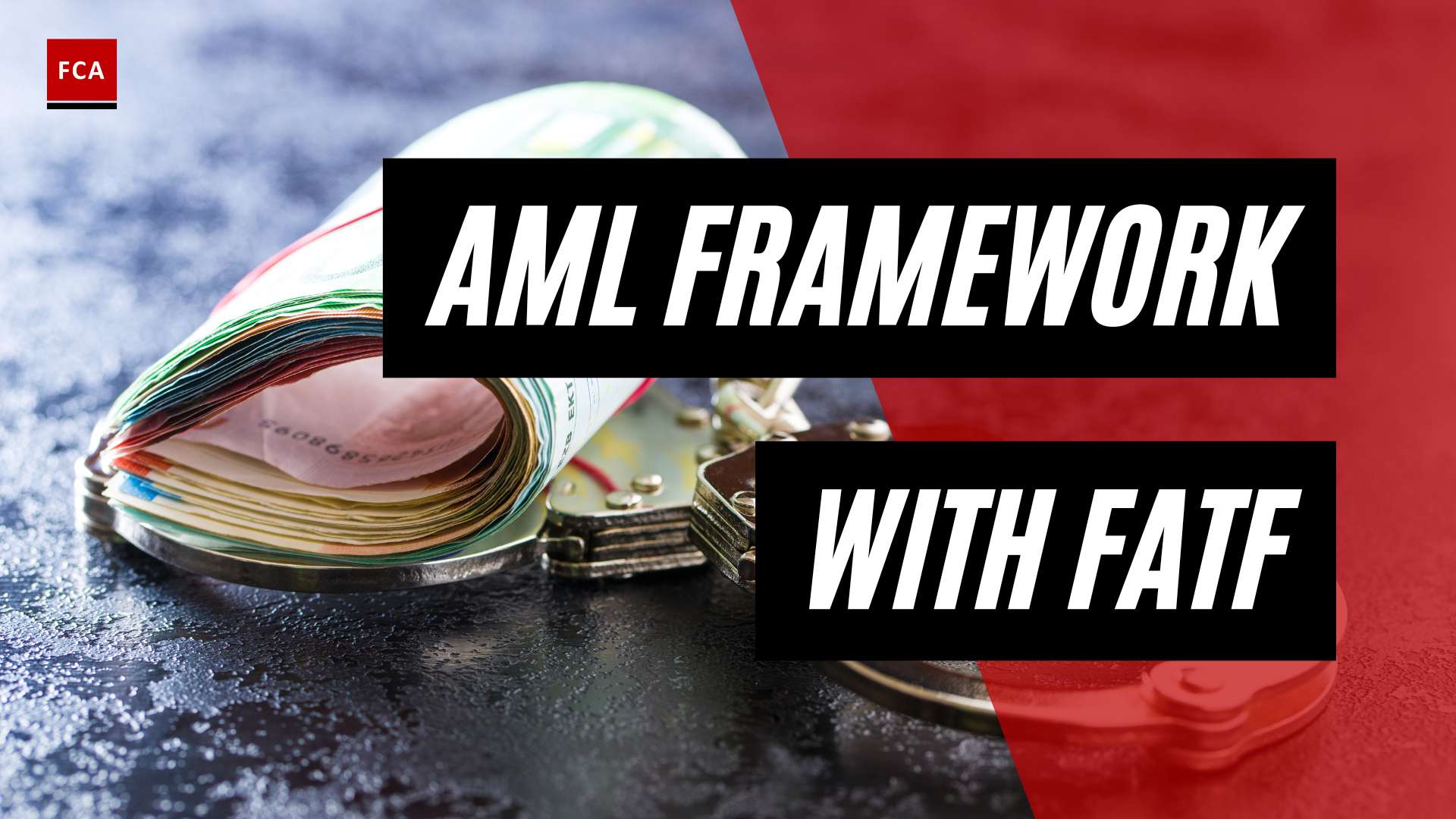Machine learning for risk profiling offers a revolutionary approach to assessing potential threats and vulnerabilities by analyzing vast datasets, ensuring a more precise and predictive analysis of individual or institutional behaviors.
Digitalization have enabled customers to access and move their funds digitally in a fast and convenient manner. However, this has also opened up different possible ways for criminals to use financial system remotely and transfer their illegal funds across various accounts, and in different jurisdictions.
Financial institutions across the world are struggling to account for the risks posed by digitalization, and innovative ways of financial crimes. New risk indicators need to be included in the AML framework and necessary mitigation processes and controls need to be developed to ensure that financial institutions follow the AML and KYC compliance regulations.
Machine learning (ML) technology and techniques may enable institutions to improve the KYC process and reduce financial crime risks.
ML technology may help in customer risk rating (CRR), which is a score or band assigned to a particular customer based on his or her perceived financial-crime risk derived from parameters such as the customer’s residence, accounts, nature of business, income level, sources of income, beneficial owner, negative media, social proofs, etc.
ML technology may counter the static customer parameters which do not always help establish the correct customer risk score because of different factors such as frequency of change in customer behavior, known associates, and transactional data.
The ML technology may account for some parameters that may not vary over time, so customers may remain in the same risk score band irrespective of current transaction or activity. This is considered a significant drawback of the current risk rating models used by financial institutions, which necessitate a ML -based customer due diligence process to put focus on high-risk category customers such as PEPs or high-risk transactions such as the execution of high-risk cross border transactions by customers.

Further, in the domains of AML and KYC compliance, the use of ML technology may reduce the risks of defining irrelevant transaction scenarios, thresholds that lead to the generation of excessive false positives.
The use of ML enables a dynamic customer wise risk rating or score review, which enable revision to risk number or score based on customer’s current intrinsic and dynamic profile risk parameters. The intrinsic risk is mainly captured through the customer’s transaction or his or her non-transactional attributes that are determined through customer data files, past transaction alert data, past reported financial crime-related activities, and other risk characteristics.
Machine Learning for Risk Profiling
Regulatory Requirement
The AML requirements put more focus on explaining the rationale behind the customer risk profiling and rating performed by financial institutions. To justify the customer risk rating or profiling, the financial institutions need to adopt AI based regulatory compliance technology to ensure a spontaneous or real-time customer risk profile or rating.
Customer due diligence (CDD) including enhanced due diligence (EDD), would be applied using AI and ML based techniques for changing customer risk rating and making the AML monitoring process more effective, as per regulatory requirements.
The AML compliance requirements require the identification of ultimate beneficial ownership and the use of ML technology may help in the identification of beneficial owners using accurate, complete, and latest data on ultimate beneficial ownership (UBO) provided by regulatory authorities or available on reliable and relevant UBO data portals.
The changes mentioned are mandatory for financial institutions to implement in the ongoing monitoring process. Incorporating the changes in the CRR will empower institutions to rationalize their customer risk rating process and methodology and improve transaction scrutiny and investigation.
Increasing regulatory pressure put on institutions to use more AI based statistical KYC compliance procedures such as in the Bank Secrecy Act (BSA), the AML compliance is pushing institutions to replace rule-based heuristic CRR approach with a well-established, and statistically based CRR model.
ML methods are available for quantifying the risk of customers based on their qualities. Between the alternatives, the best and suited technique is the one that may cover the available typologies and/ or identify new typologies. The holistic view of customer risk will keep a check on the occurrence of excessive false positives without compromising set or predicted transaction scenarios coverage.
The stages to CRR approach may include:
Feature engineering
Feature engineering process require to make ML algorithms work. ML algorithms with smart features yield accurate outcomes, and feature engineering may bring mathematical value to subjective customer data knowledge. For example, a network of accounts with suspicious cases may be defined objectively in the feature engineering step. Many features may be created based on evolving financial crime typologies.
Artificial Neural Network (ANN)
ANN is a supervised deep-learning technique to unearth patterns in data. It can update the weights/ coefficients on its own. ANN is a powerful technique to learn complex, non-linear relationships and provides accurate results. Its only drawback is that the final model is not visible.

Clustering
Clustering is an unsupervised machine-learning technique that helps discover natural groupings in data. It can be used to define risk banding based on the characteristics of the cluster and distribution of the existing customer risk segment. The majority class is assigned as a risk band for the cluster.
Model development
Statistical machine learning-based models are founded on well-established statistical methodologies and approaches that have been vetted, reviewed, and published in academic journals. Most of the statistical models that financial firms use for CRR are predictive, such as linear regression, binary or ordinal logistic regression, decision trees (all types), and neural networks. The application and risk rating objectives determine the model that the firm selects. For CRR, binary or ordinal logistic regression models are the most common.
Feedback loop
In the dynamic risk rating framework, the algorithm learns with the passage of time. It increases the risk score of customers whose activities it perceives to be abnormal and minimize the customer risk score for those who show risky activities or behavior but in a one-off transaction or scenario.
CRR need to be accurately defined for the historical period before the development of model. If the current customer risk does not reflect the correct risk rating, the sample may be drawn from that population where the customer risk rating is assigned accurately. The sample need to be large enough to generalize the outcomes of the model.
Different data sources may be used for the CRR model for example transactional data, financial crime network data, performance data, customer information files, etc. Customer data integrity checks may need to be applied to ensure the completeness and quality of the customer data.
Variables of customer data sources may include the history of criminal behaviors, case filings, number of times customer changed the address, number of dormant accounts, transactions in high-risk countries, business relationships with criminals or high-risk personalities, etc. In the CRR model, many different features may be created and linked together to cover customer profile related risk areas.

Final Thoughts
Digitalization has transformed the financial landscape, offering unparalleled convenience in fund accessibility and transfers. However, with this evolution comes the challenge of combating new avenues for financial crimes that exploit digital loopholes. Financial institutions globally grapple with these emerging risks, necessitating a revamp of the Anti-Money Laundering (AML) frameworks to incorporate innovative risk indicators and to ensure strict adherence to Know Your Customer (KYC) protocols. Machine Learning (ML) emerges as a pivotal technology in this context, refining the Customer Risk Rating (CRR) by accounting for both static and dynamic customer parameters, reducing false positives, and enhancing due diligence processes.
As regulatory demands increase, institutions are impelled to shift from rule-based models to advanced ML-driven approaches. This move seeks to deliver a more comprehensive view of customer risk, tapping into intricate data sets and leveraging techniques like feature engineering, Artificial Neural Networks, and clustering. Ensuring the integrity and completeness of this data becomes paramount. As the digital realm continues to expand, integrating these ML methodologies into financial systems will be crucial in safeguarding the integrity of global financial transactions.








